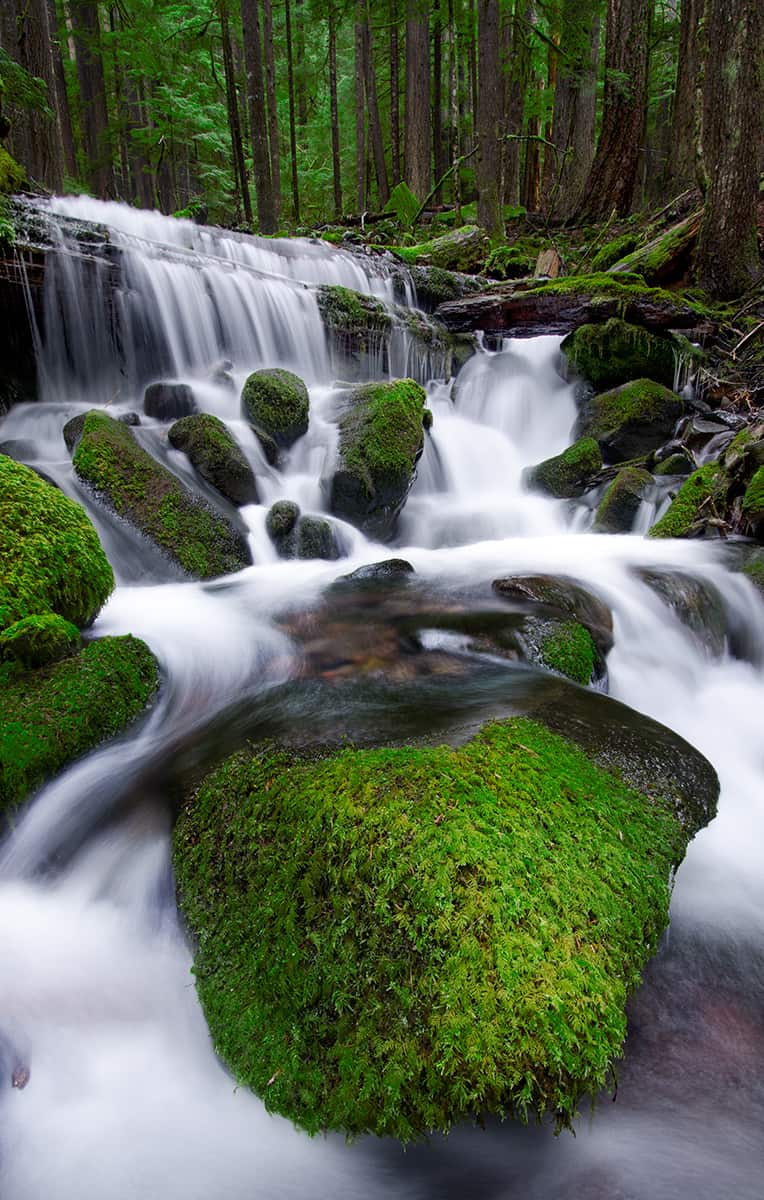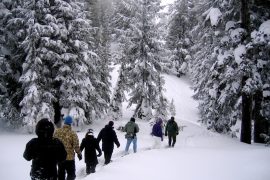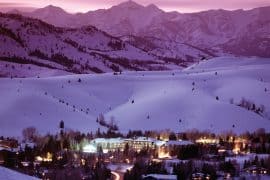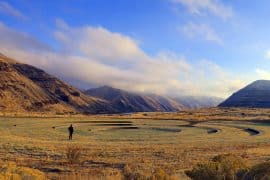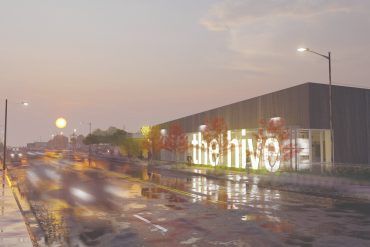Adventure awaits in Olympic National Park
written by Corinne Whiting
The northwest corner of the country seems to defy boundaries of beauty. Peer into a world of mystical, fog-soaked forests, snow-capped peaks and a rugged coastline overseen by soaring eagles. This is a land of superlatives—moss-draped trees greener than most, cliffs more dramatic, sunbeams more ethereal. Experiencing this pristine swath of the Pacific Northwest stirs the primal soul.
Olympic National Park (ONP) captivates outdoor enthusiasts from near and far. Anchored by the majestic Olympic Mountains and a system of Pacific-bound rivers, the park protects seventy-three miles of wild coast. ONP encompasses incredible diversity; think forest, coastal and mountain ecosystems that range from tranquil, sandy beaches to rocky cliffs. With ninety- five percent of the park designated as wilderness, no roads cut directly through. Public information officer Barb Maynes credits this meandering layout for truly “inviting people to slow down and spend time experiencing whichever environment they’re in.”
Sample a colony of habitats in just a couple days. By car (and ferry), folks travel northwest from Seattle about three hours to Port Angeles, a charming town that’s home to the park’s main visitor center. From there, it’s a short drive south to Hurricane Ridge, the most accessible high-country zone and named for its occasional powerful winds.
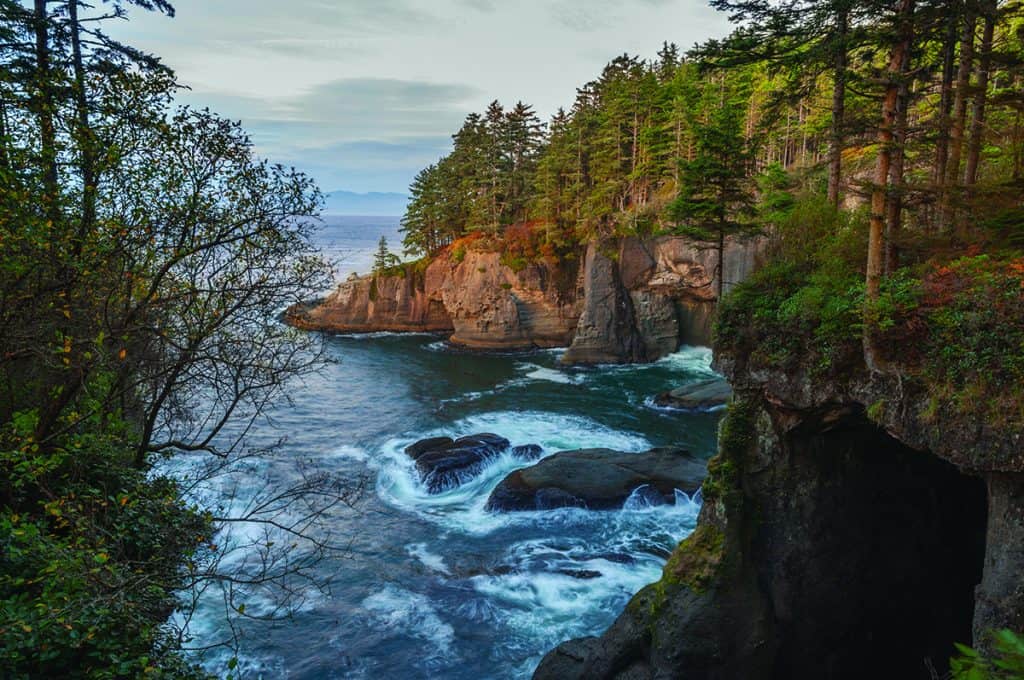
The Ridge offers another visitor center, stunning panoramic views of the sea, jagged peaks and alpine meadows plus wildlife such as deer, black bear and marmots. Walking options range from quarter-mile strolls to multi-day wilderness hikes.
After this initial outing, many weekend adventurers choose to spend the night in Port Angeles before continuing west on Highway 101, where they check into campgrounds or the less rustic historic cabins at Lake Crescent Lodge. The lodge rents kayaks and canoes for navigating one of the state’s deepest, glacially-carved lakes. Nearby trails wind through colossal old-growth trees and cascades such as Marymere Falls. Another popular lodging option—Sol Duc Hot Springs Resort—has three mineral hot spring soaking pools and one freshwater pool.
Farther west, visitors take to the verdant Hoh Rainforest, notable for its plentiful rainfall and an enchanting canopy of towering, 500-year-old trees. Weekend travelers seeking coastal Zen can head toward the Mora area, about an hour-and-fifteen-minute drive from Port Angeles. La Push, home to the Quileute tribe, stuns with its crescent-shaped beaches, sandy coastline, hauntingly beautiful sea stacks and fortuitous whale sightings.
Those with a full week continue along Highway 101 toward Kalaloch Beach, south of Forks (of Twilight fame). The abundant tide pools are a safe haven for sea creatures. Campers pitch tents at picturesque oceanside sites, while others opt for cabins or rooms at Kalaloch Lodge.
The highway then veers inland, leading to the Quinault Rainforest, one of three temperate rainforests in the Western Hemisphere. Here explorers find gems including one of the world’s largest Sitka spruce trees and the Lake Quinault Museum & Historical Society. A scenic thirty- mile driving loop provides glimpses of Roosevelt elk, blacktail deer, cougars, bald eagles, bobcats, even black bears. Lake Quinault Lodge, three hours from Seattle, is the perfect place to cap off a rustic adventure and pristine scenery.
From our partners at Ontrak magazine


